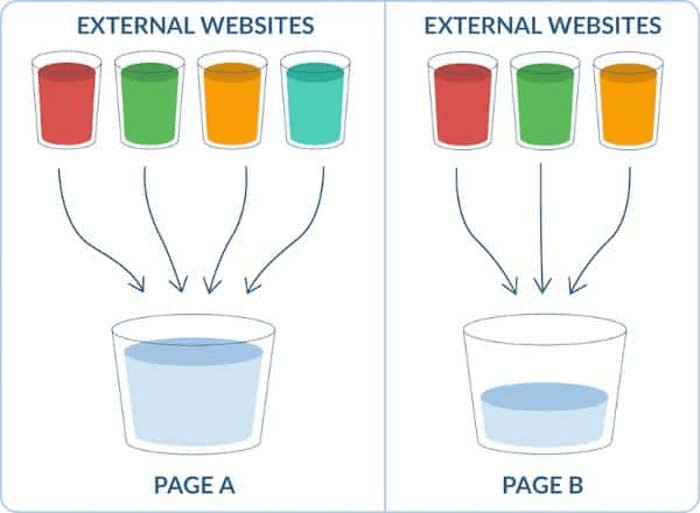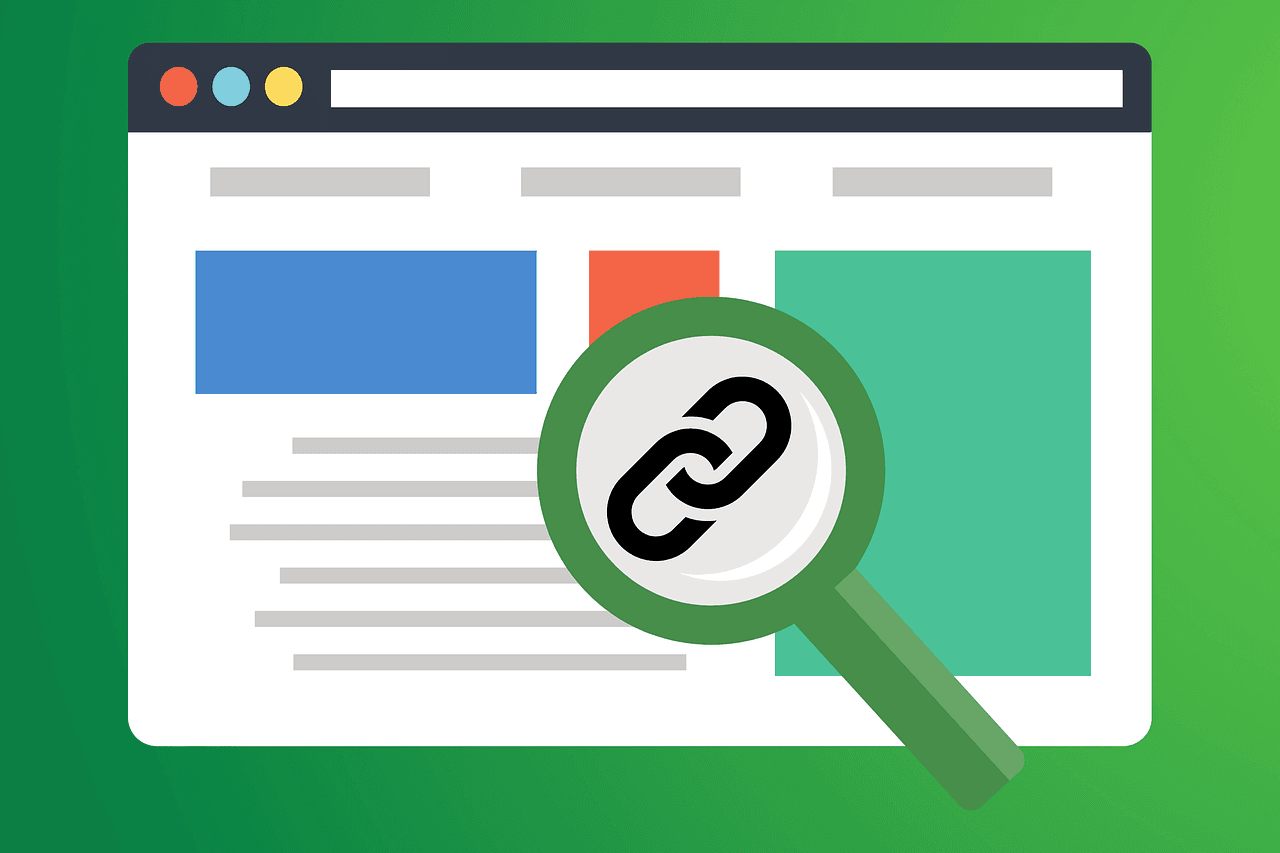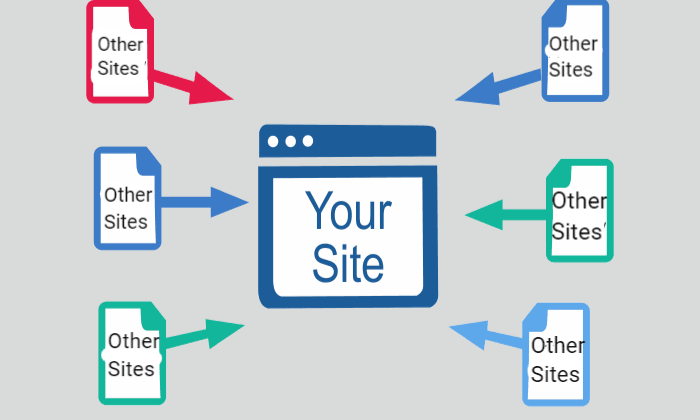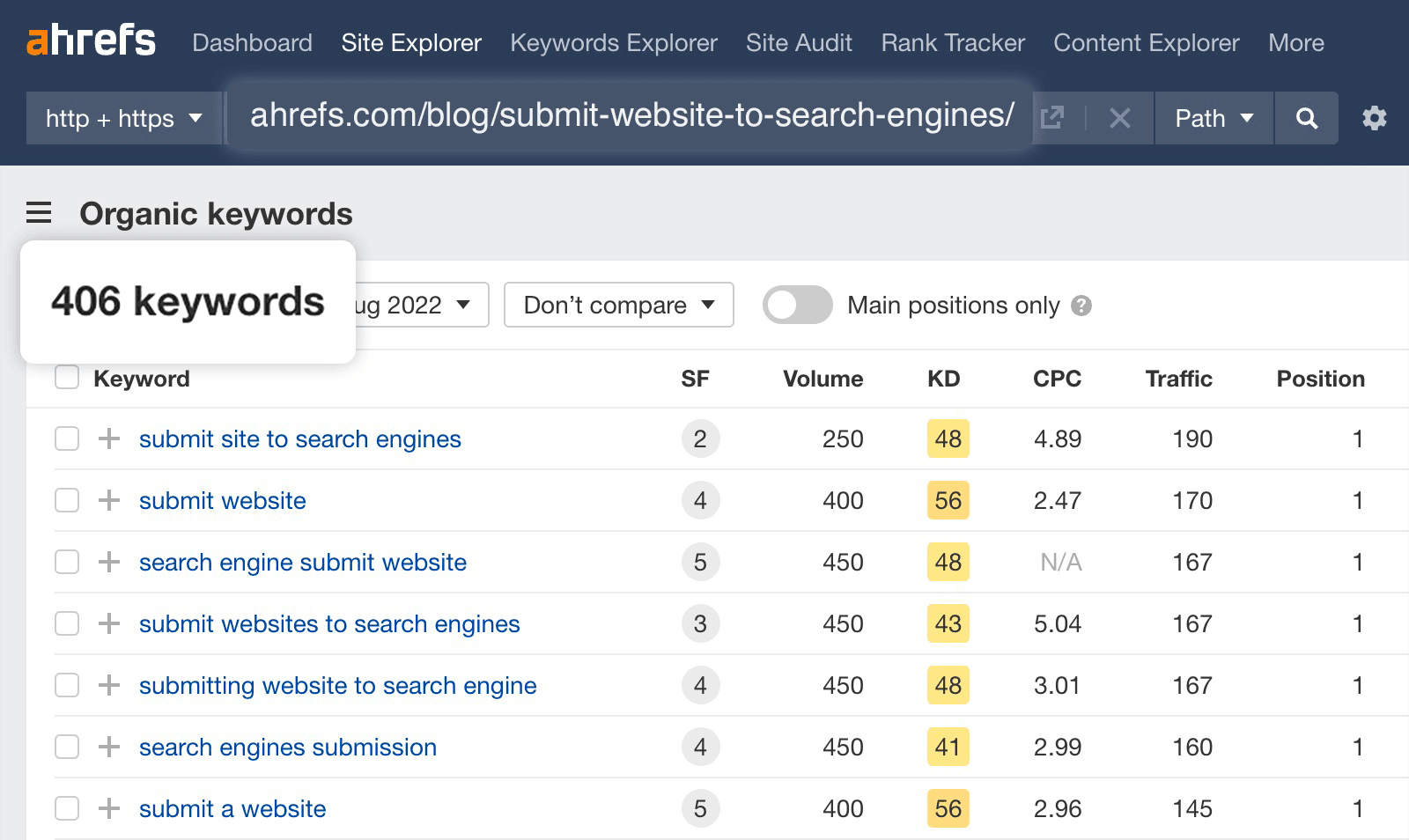SEO link juice is the value passed through hyperlinks, boosting rankings and authority. Learn how it works, why it matters, and how to optimize it. At Keyword Metrics, we simplify SEO concepts like this, helping you build a stronger, smarter strategy. Let’s dive in!
What Is SEO Link Juice?
Link juice refers to the value or authority passed from one webpage to another through hyperlinks. In SEO, link juice plays a crucial role in determining a site's rankings on search engine results pages (SERPs). When a webpage links to another, some of its ranking power (or "juice") flows to the linked page, signaling its importance and relevance to search engines.

How Link Juice Works in SEO
Link juice flows through hyperlinks, whether they are internal (within the same website) or external (pointing to a different site). Here's how it works:
- Internal Links: When you create links between your own pages, you're redistributing authority throughout your site. For example, linking a high-ranking blog post to a product page can help the product page rank better.
- External Links: Links from reputable websites (backlinks) carry more authority than links from less credible sources. For instance, a backlink from a high-domain authority site like Wikipedia passes significant link juice.
Example:
Imagine you own a blog about fitness, and a leading health publication links to your article about exercise tips. That backlink passes link juice to your blog, boosting its authority and helping it rank higher for related keywords.
The Importance of Link Juice in SEO
Link juice is vital because it impacts your website's:
- Search Rankings: Pages with more high-quality link juice generally rank higher on Google.
- Domain Authority: As link juice accumulates, it strengthens your site’s overall authority.
- Traffic: Higher rankings mean increased visibility, leading to more organic traffic.
Key Factors Influencing Link Juice:
- Link Source: Links from authoritative, niche-relevant websites provide more link juice.
- Anchor Text: Descriptive and relevant anchor text enhances link juice effectiveness.
- Follow vs. Nofollow: Only "follow" links pass link juice. "Nofollow" links don’t contribute to ranking signals but can still drive referral traffic.
Pro Tips for Harnessing the Power of Link Juice in SEO
Focus on Quality Over Quantity
Avoid spammy or irrelevant backlinks. Prioritize high-authority, niche-related sites.
Tip: Use tools like Ahrefs or SEMrush to evaluate the quality of potential linking domains.
Optimize Internal Linking
Distribute link juice strategically within your site. Link to key pages such as services, product pages, or cornerstone content.
Example: If you have a high-ranking blog post, link it to your homepage or other important pages to share its link juice.
Leverage Guest Blogging
Write guest posts for reputable websites in your industry. Include contextual backlinks to drive link juice to your site.
Audit and Fix Broken Links
Use tools like Screaming Frog to find broken internal and external links. Fixing these helps retain link juice and improves user experience.
Tip: Reach out to websites linking to a deleted page on your site and request they update the link.
Create High-Value Content
Publishing in-depth, shareable content attracts natural backlinks and increases link juice flow to your site.
Tools for Analyzing Link Juice and Improving SEO
To effectively measure and optimize link juice, several tools can help you assess your backlinks, internal linking strategy, and domain authority. Here's a look at some of the most useful tools for SEO:
Ahrefs
Ahrefs is an industry-standard tool that helps you evaluate the quality and quantity of backlinks pointing to your site. It shows the Domain Rating (DR) and URL Rating (UR) of your backlinks, providing insight into how much link juice these links can pass.
Google Search Console
Google Search Console allows you to monitor your site’s backlinks and see which pages are getting the most link juice. You can also view which external websites are linking to your site and identify any potential issues.
Moz Link Explorer
Moz’s Link Explorer provides valuable data on the authority of linking pages, domain authority, and link quality. It helps you understand how link juice is flowing from external sources and where you need to improve.
Screaming Frog SEO Spider
Screaming Frog is an SEO crawler that helps you audit your website’s internal and external links. It’s an excellent tool for identifying broken links, duplicate content, and opportunities for improving internal linking.
FAQs About Link Juice
Q. What is the difference between follow and nofollow links?
A. "Follow" links pass link juice, while "nofollow" links include an attribute that tells search engines not to pass authority.
Q. Can internal links pass link juice?
A. Yes! Internal links are an effective way to distribute link juice throughout your website and enhance SEO.
Q. Does link juice flow from all backlinks?
A. No, it depends on factors like the quality of the linking domain, whether the link is "follow," and its placement on the page.
Q. What’s a quick way to boost link juice?
A. Focus on acquiring backlinks from high-authority sites and optimizing your internal linking structure.
Related Glossary Terms to Explore
- Backlinks: Discover how links from other websites can pass link juice and boost your SEO efforts.
- Domain Authority (DA): Find out how this score measures a site’s credibility and its ability to rank.
- Anchor Text: Learn why clickable link text matters for passing relevant link juice.
- Nofollow Links: Understand how these links differ and why they don’t pass link juice.
- Internal Linking: Explore how strategic internal links distribute link juice within your site.


